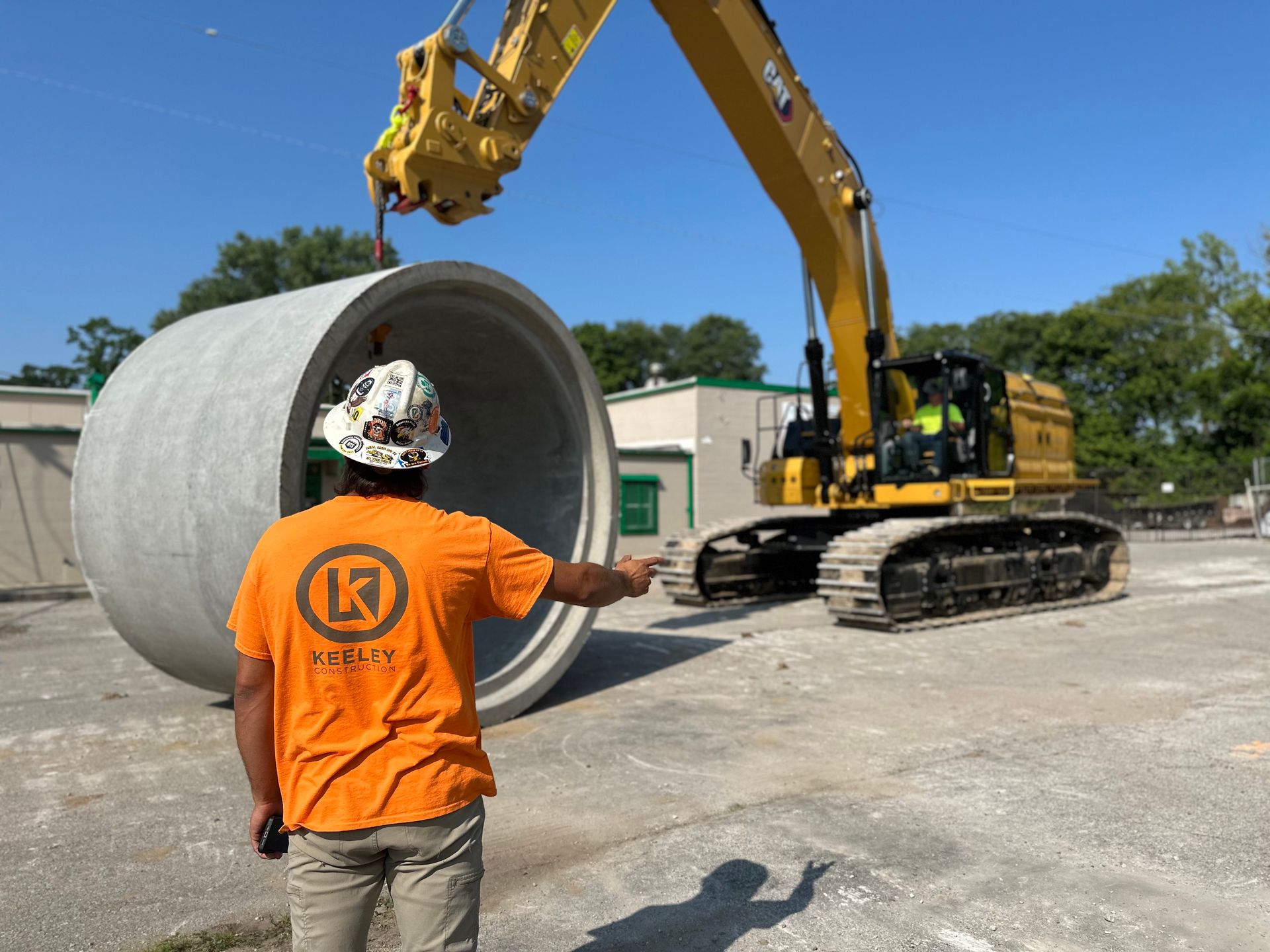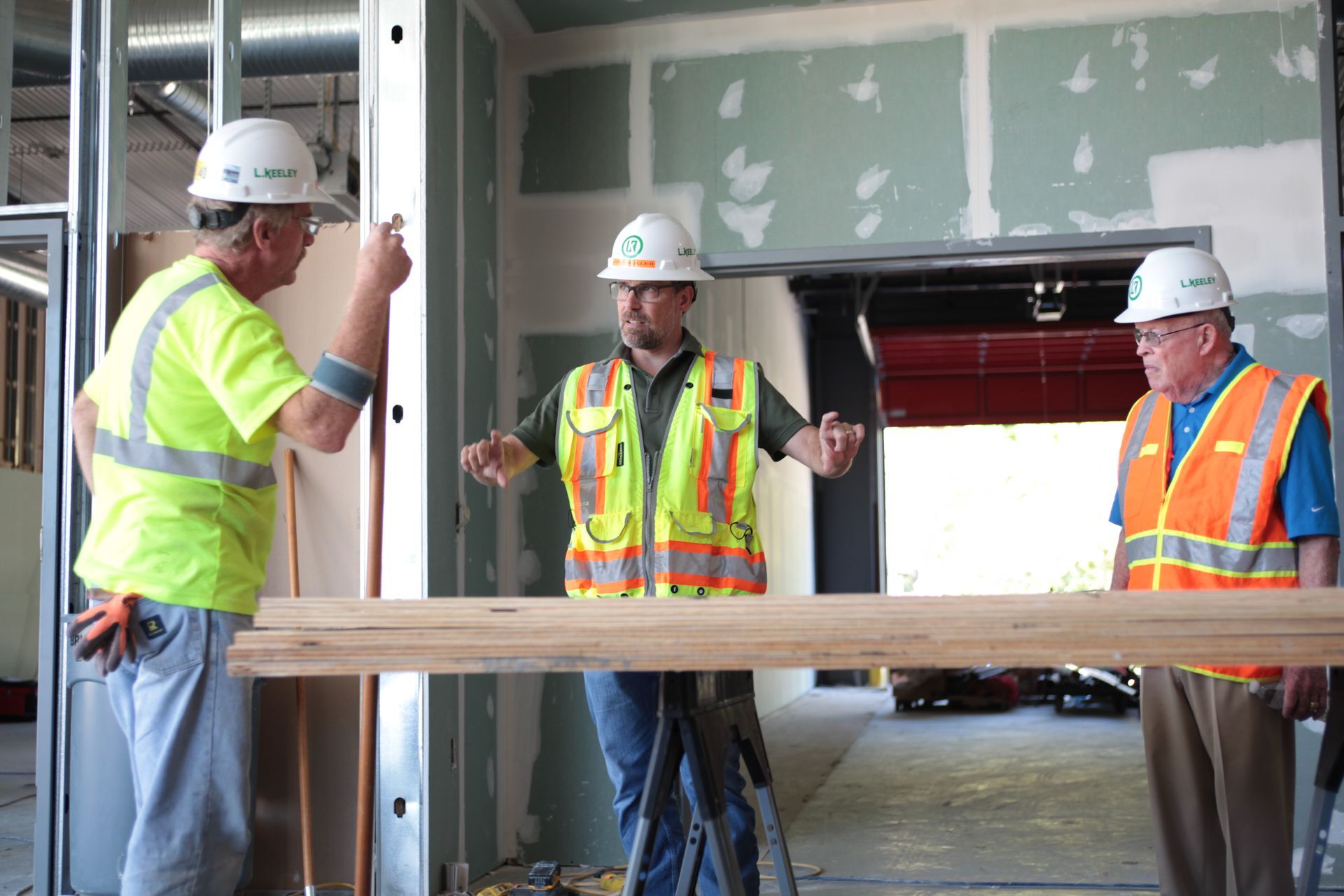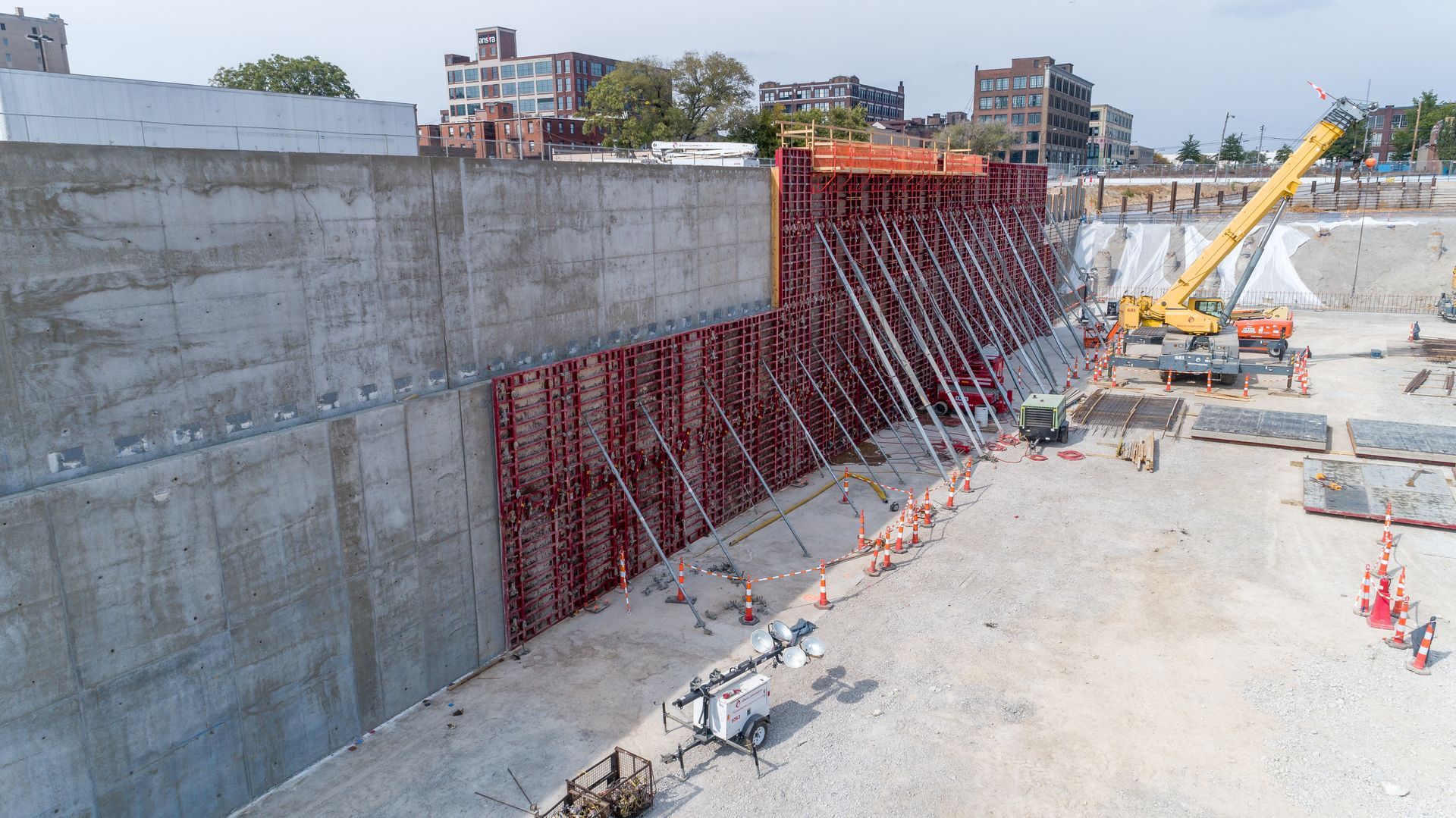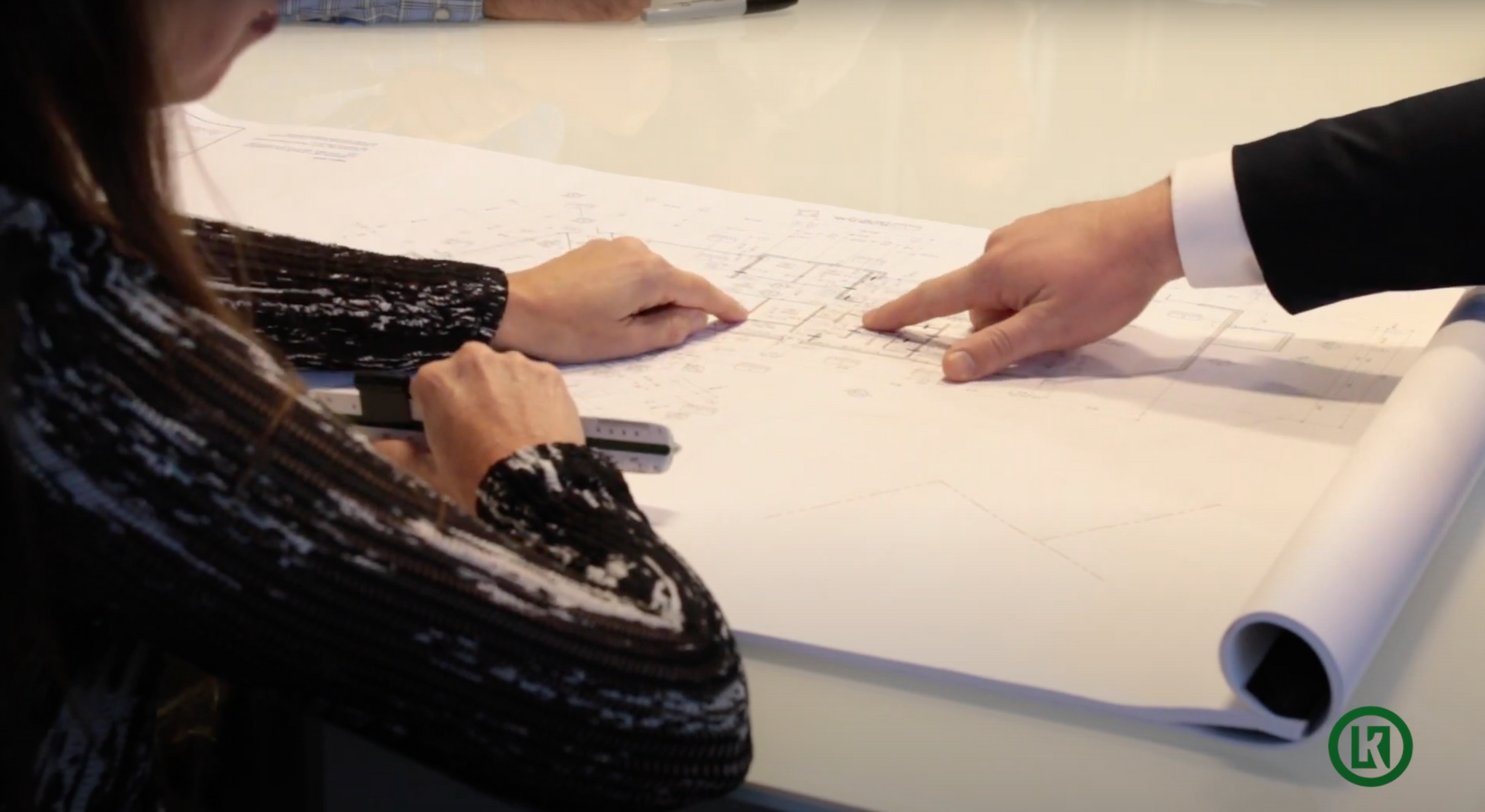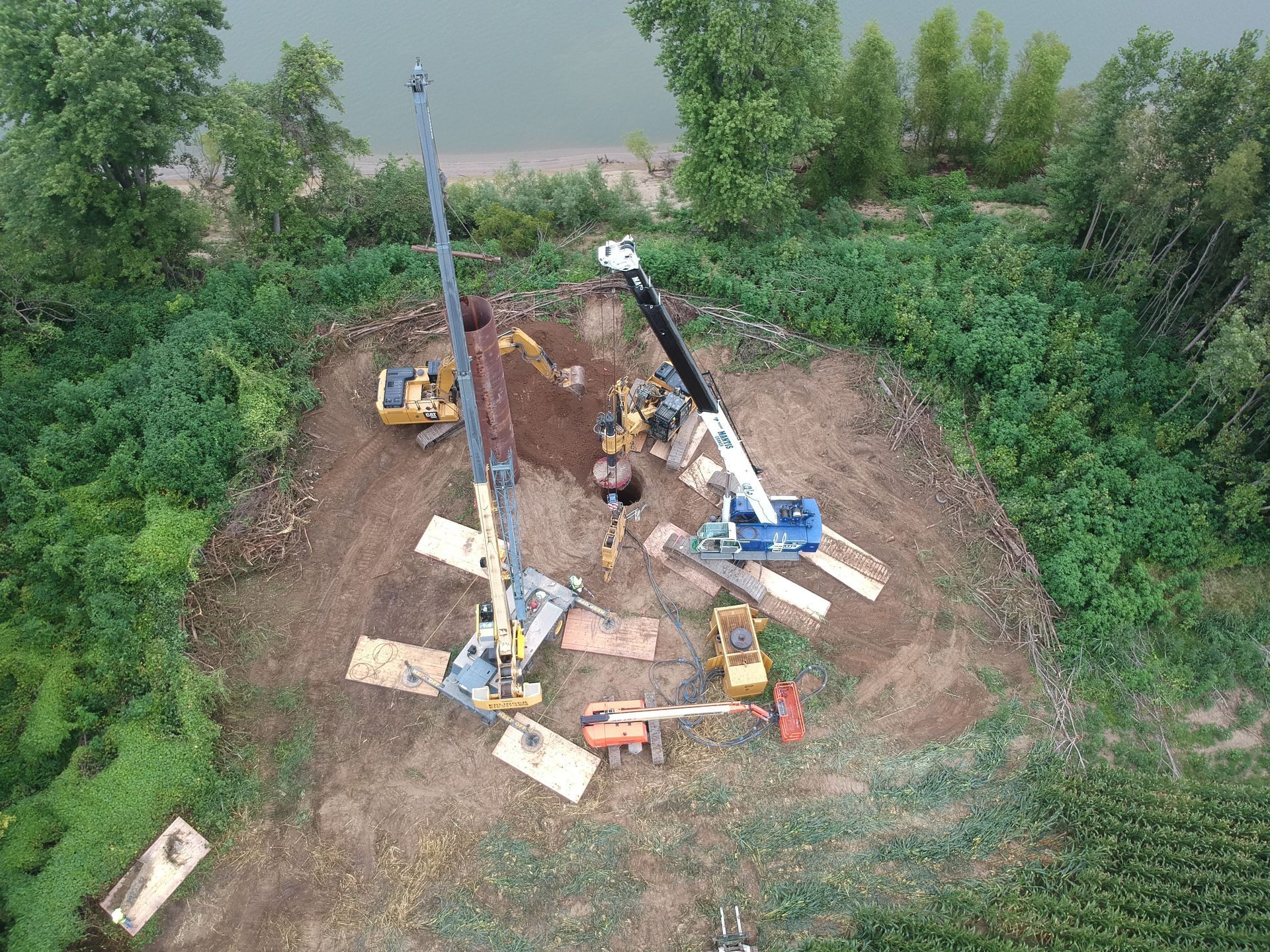The Three Phases of Construction: A Comprehensive Guide
Construction is a multifaceted industry that involves a series of coordinated processes and stages to bring someone’s vision to life. Understanding the three phases of construction is crucial for successful project management and execution. So, what are the three phases of construction, their significance, and the key activities involved in each phase? Keep reading to learn more!
Phase 1: Pre-Construction
The first phase of construction, known as pre-construction, is a critical preparatory stage that lays the foundation for the entire project. This phase is characterized by extensive planning, assessment, and decision-making. Let's delve into the key aspects of the pre-construction phase.
·Project Initiation and Conceptualization: The pre-construction phase begins with the identification of a need or opportunity. It involves brainstorming ideas, conducting feasibility studies, and assessing the project's viability. This is where the initial concept takes shape.
·Budgeting and Cost Estimation: Accurate budgeting is essential to ensure that the project stays within financial constraints. Cost estimations, including materials, labor, permits, and overheads, are crucial for securing funding and making informed decisions.
·Site Selection and Acquisition: Identifying and acquiring the appropriate land or site for construction is a key pre-construction activity. Factors like location, accessibility, zoning regulations, and environmental considerations are carefully evaluated.
·Design and Planning: Detailed design plans are developed during this phase. Architects, engineers, and other specialists collaborate to create blueprints, schematics, and construction drawings. These documents serve as the roadmap for the construction phase.
·Permitting and Regulatory Compliance: Obtaining the necessary permits and approvals from local authorities and regulatory bodies is a crucial step to ensure the project complies with legal and environmental regulations. A project cannot happen without this vital step.
·Risk Assessment and Mitigation: Pre-construction also involves identifying potential risks and developing strategies to mitigate them. This includes analyzing environmental impacts, safety hazards, and other factors that could affect the project and team members.
·Contractor Selection: Contractors and subcontractors are chosen through a competitive bidding process or negotiation. Their expertise and track record are considered to ensure the project's successful execution, and that they are completely aligned with all involved parties.
Phase 2: Construction
Once the pre-construction phase is complete, the project moves into the construction phase. This is where the physical work of building the project takes place. The construction phase is often the most visible and labor-intensive part of the project. Here are the key elements of this phase:
·Site Preparation: Construction begins with site preparation, including clearing, excavation, and grading. This step ensures that the site is ready for the foundation and structural work.
·Foundation and Framing: The foundation is the structural base of the building. It is typically made of concrete and serves to support the entire structure. After the foundation, framing is erected, creating the skeleton of the building.
·Structural Work: Once the framing is complete, the construction team works on the structural elements, including walls, floors, and roofs. These components are built to the specifications outlined in the design plans.
·Mechanical, Electrical, and Plumbing (MEP) Systems: MEP systems, such as heating, ventilation, air conditioning (HVAC), electrical wiring, and plumbing, are installed during this phase to provide essential utilities and functionality to the building.
·Interior Finishes: After the basic structure is complete, interior finishes are applied. This includes flooring, wall coverings, paint, fixtures, and other elements that make the space functional and aesthetically pleasing.
·Quality Control and Inspections: Throughout the construction phase, quality control measures are implemented to ensure that the work meets industry standards and design specifications. Inspections are conducted at various stages of construction to identify and rectify any issues.
·Safety Measures: Safety is a top priority during construction. Contractors and workers adhere to safety protocols and regulations to prevent accidents and protect the well-being of everyone on the site.
Phase 3: Post-Construction
The post-construction phase marks the final stage of a construction project. It involves completing any remaining tasks, ensuring the project’s functionality, and transitioning to the operational phase. Here are the key components of this phase:
·Final Inspections and Testing: Comprehensive inspections and testing are conducted to verify that all systems and components are functioning as intended. This includes electrical systems, plumbing, HVAC, and safety features.
·Punch List and Corrections: A comprehensive punch list is created, documenting any deficiencies or items that need correction. Contractors address these issues to ensure that the project meets the quality standards and design specifications.
·Owner Training: If the project involves complex systems or equipment, training sessions may be conducted for the building's owner or operators. This ensures that they are knowledgeable about how to operate and maintain the facility.
·Documentation and Closeout: All project documentation, including warranties, manuals, as-built drawings, and permits, is compiled and provided to the owner. The project is officially closed out and ownership is transferred to the client.
·Handover and Occupancy: Once all inspections and corrections are complete, the building is ready for occupancy or use. The client takes possession of the facility and it becomes operational.
·Post-Occupancy Evaluation: Some projects may undergo a post-occupancy evaluation to assess the building's performance, energy efficiency, and user satisfaction. This feedback can inform future projects and improvements.
Understanding the three phases of construction—pre-construction, construction, and post-construction—is essential for successfully managing and executing construction projects of all scales. Each phase has its own unique set of activities, challenges, and objectives, and they are all interconnected. Effective planning, collaboration, and attention to detail in each phase are key to achieving the desired outcomes and delivering quality construction projects that stand the test of time.

